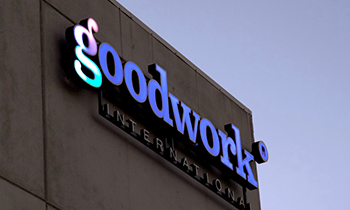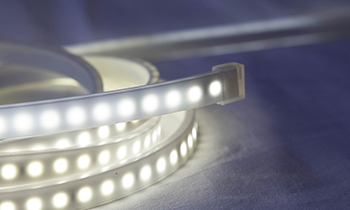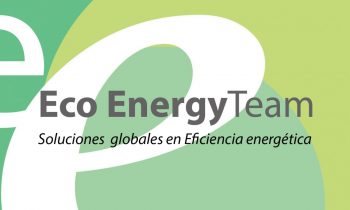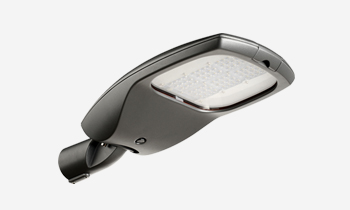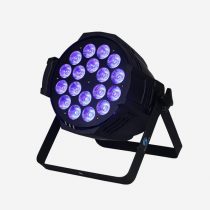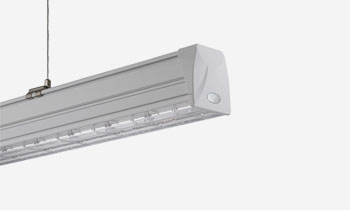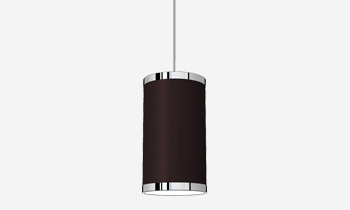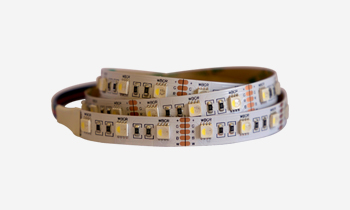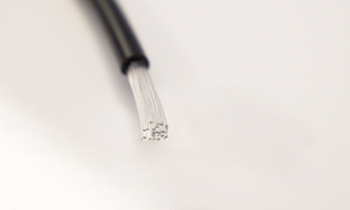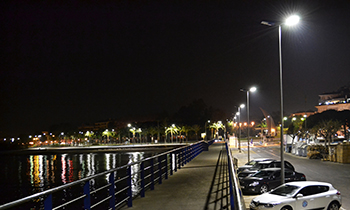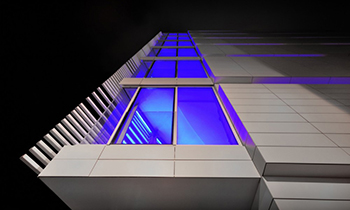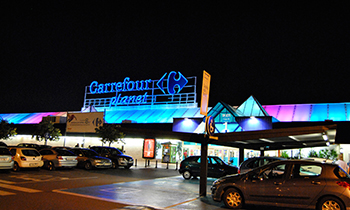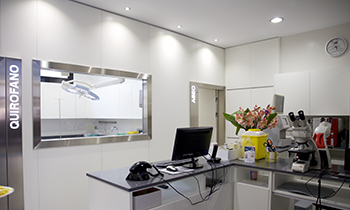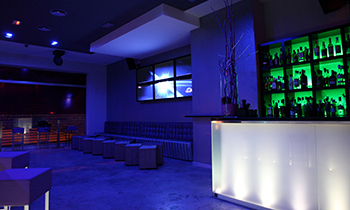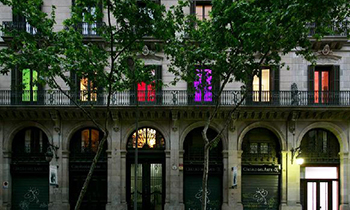It is already known that LEDs provide a long lifespan and a saving in terms of maintenance and energy expenditure, which makes them an efficient solution.
LEDs lifespan, which is between 30,000h and 100,000h depending on the technology used, is one of their main advantages.
What does “lifespan” mean in LED lighting?
However, it is often thought that the lifespan refers to the time it will take for the luminaire to stop working, and it is actually the time during which the luminaire works without losing its luminous efficiency. LEDs do not normally “die”, but the level of light (lumens) gradually declines.
To indicate this data we use the nomenclature Ex: L70B10, which indicates the depreciation of the luminaire, not the failure.
L70B10 for 50.000h at 25ºC ———- This indicates that at 50.000h of use there can be 10% of the LEDs operating below 70% of the initial flux. This does not mean that they have failed but that their luminous efficiency has decreased. The data of 25ºC indicates that these measurements have been made under optimal laboratory conditions, without taking into account external factors that may influence the operation. In order to validate a statement about the lifespan, it is necessary to extrapolate the test data.
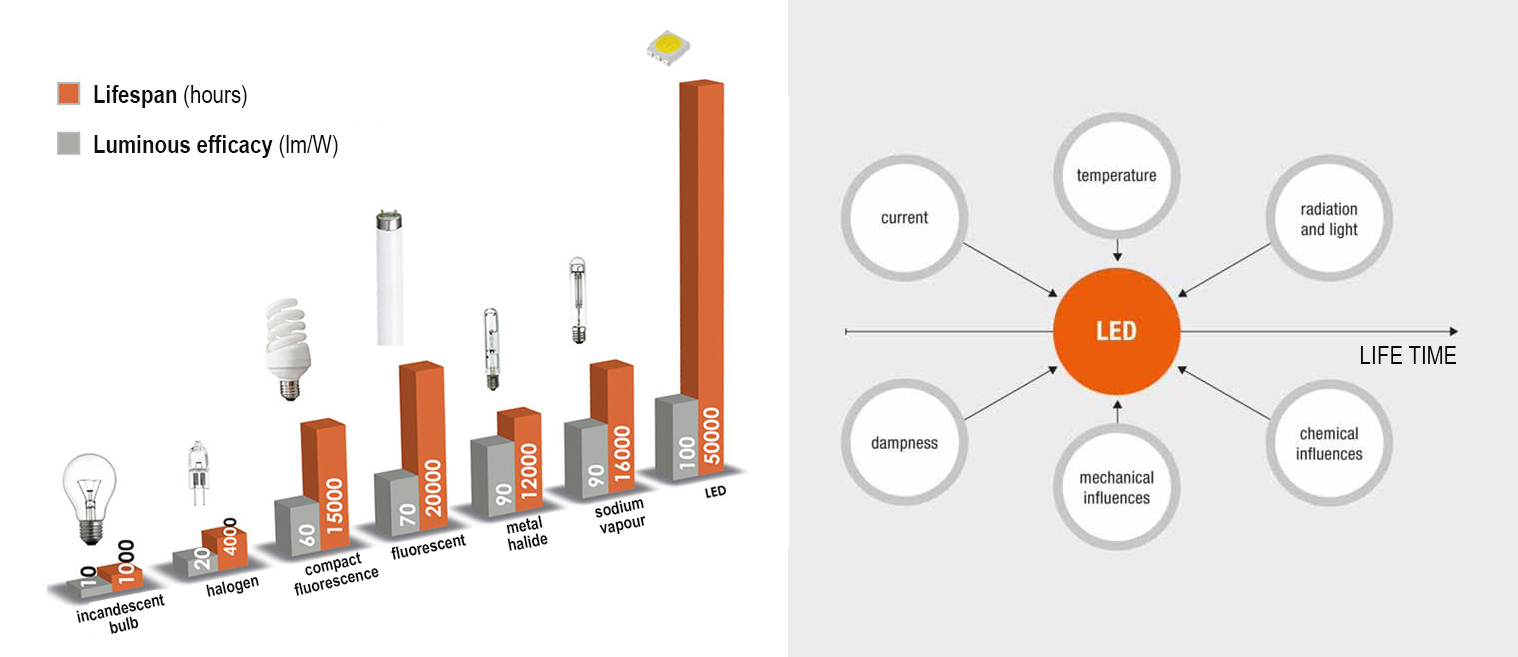
Factors influencing the service life of LEDs
The factors influencing the service life of LEDs are:
Temperature
The operating temperature is one of the most important factors affecting the service life. Both the ambient temperature and the junction temperature (internal of the LED) reduce its service life and can affect the quality of light (colour, intensity etc.).
It is estimated that 70/80% of the energy consumed is converted to light, and 20/30% to heat. Therefore, how heat dissipates a LED luminaire is fundamental in its design and will be decisive in extending its life.
Intensity and voltage stability
The higher the electrical intensity of the LED is, the shorter the lifespan. If a LED is supercharged to get more lumens, this accelerates its degradation process and decreases its life.
It is important that the electronic controller or driver, is able to maintain constant voltage and electrical intensity (depending on the mode of operation chosen) through the LED without affecting the variations of the power supply or changes in ambient temperature.
External factors
As mentioned before, the useful life and efficiency values of LEDs are obtained in laboratory conditions with a constant temperature of 25ºC, in a clean environment, in the absence of vibrations, solar radiation, humidity, etc. These factors and other variables have to be taken into account, such as on/off times, voltage stability, etc., make the lifespan data approximate.
Sealing and housing design
The materials used in the manufacturing of the luminaire have a decisive impact on the ageing of the luminaire and its corrosion behavior. The levels of tightness and sealing are given by the degree of protection IP, and the degree of protection IK, informs us of the resistance to shocks and vibrations. A luminaire with IP65 and IK08 would offer us guarantees for safe outdoor installations.
We should also take into account the adequate heat dissipation (mentioned above) offered by the luminaire casing. All this helps to prolong its lifespan.
Goodwork takes all these factors into account and adapts the manufacture of its luminaires to the specific requirements of the projects. Technology is advancing very fast, and high-efficiency LEDs are increasingly offering a longer lifespan. For this reason, different types of LEDs are offered for the same luminaire, as the requirements of all projects and budgets are different.
Honesty in the technical sheets, takes precedence over marketing sense. After all, it’s all about trusting the manufacturer. The guarantee offered for the products is the best proof of their quality.

